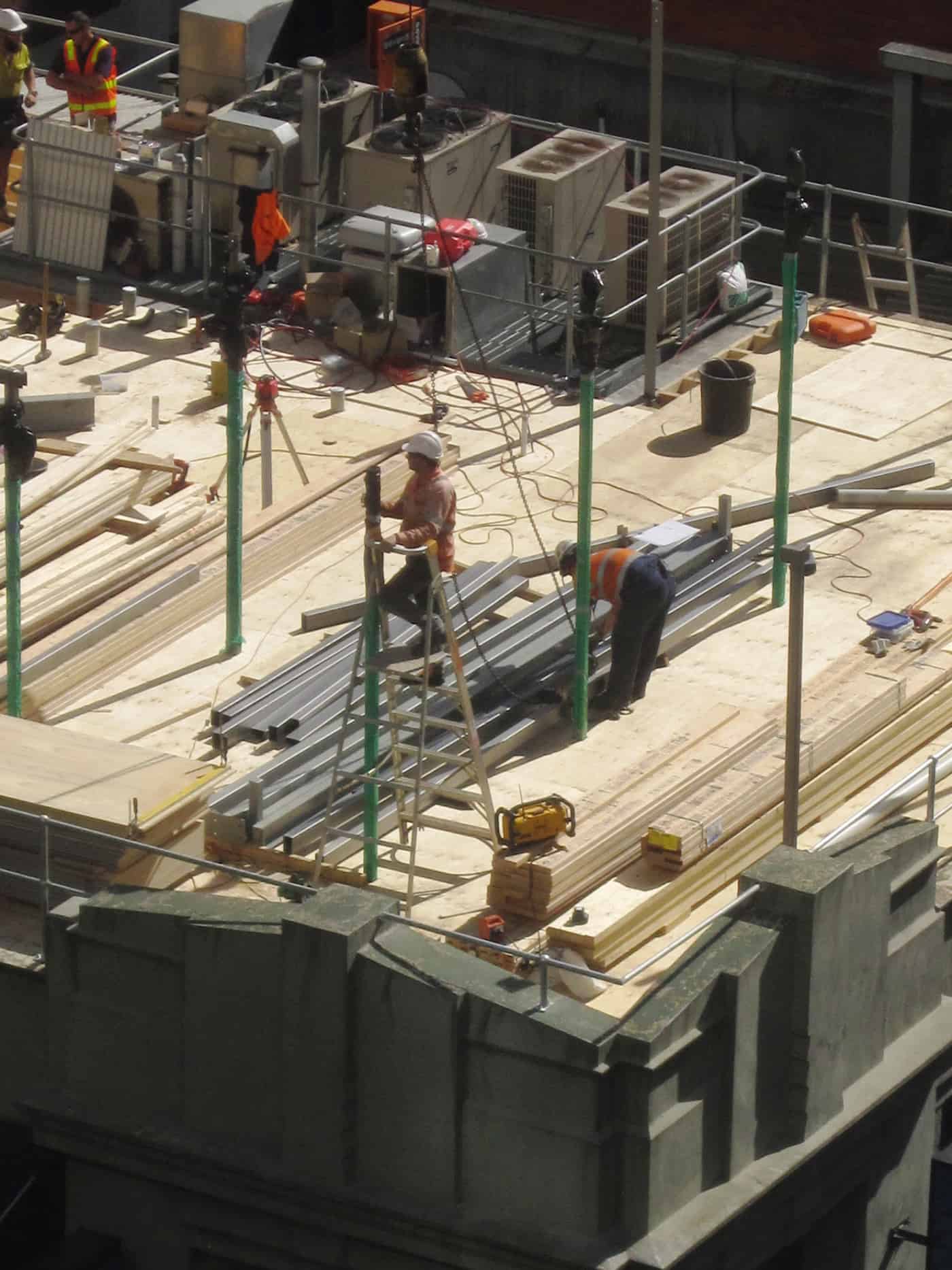The Victorian Workcover Authority’s (VWA) WorkHealth program is coming to the end of its five-year life. But what is the way forward? Has the $A600 million program achieved its aims?
Aims and Results
VWA’s annual report for 2008 (page 33) stated the following aims for WorkHealth, reiterated in the WorkHealth Strategic Framework 2010-12 (page 1):
“Over the long term, the program aims to:
- cut the proportion of workers at risk of developing chronic disease by 10%
- cut workplace injuries and disease by 5%, putting downward pressure on premiums
- cut absenteeism by 10%.
These goals aim to drive productivity and reduce health expenditure that is associated with chronic disease.”
None of VWA’s annual reports since 2008 have included any mention of these benchmarks. Continue reading “Where to for the “the expensive and failed WorkHealth scheme”?”





